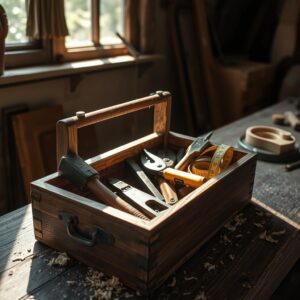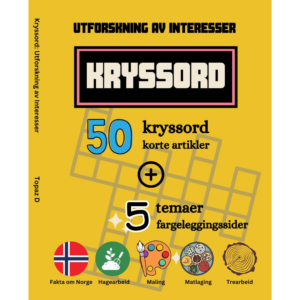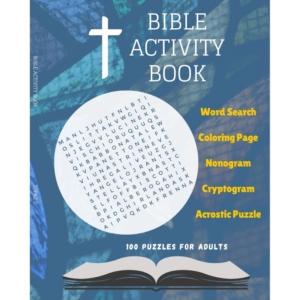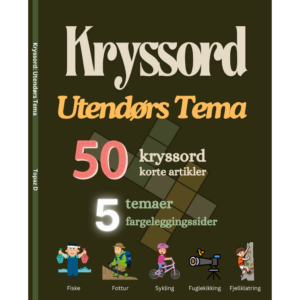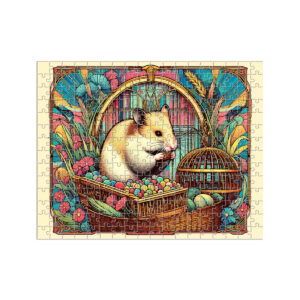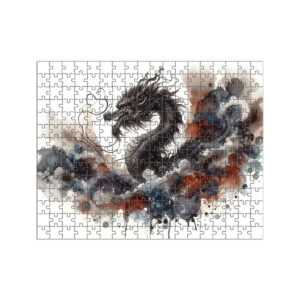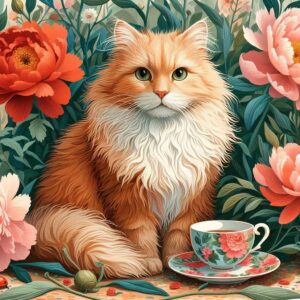
Explore & Play
Discover interesting topics and solve the accompanying crossword puzzle.
Container Crossword: Mastering Clues and Common Answers
Table of Contents
Container Crossword
You can either fill in the crossword puzzle directly on this page or click the button in the bottom right corner to print it for free.
——————————————
Mastering Container Crossword Clues: Tips and Common Answers

Introduction
Container clues show up often in crosswords. They’re simple words like box, jar, or crate — but they pack a thematic punch. These clues invite you to think beyond just the object. They add layers by playing with size, shape, or function.
Recognizing container clues helps you unlock puzzles faster. They might seem tricky at first, but understanding their role makes a difference.
There’s a myth that container clues are always tough or obscure. In reality, many are straightforward if you know the common synonyms. This article will help you spot patterns and build a reliable toolbox for solving container-based clues with calm confidence.

Common Container Crossword Clues and Their Synonyms
When it comes to container clues, crossword puzzles lean on a familiar set of words. Think simple: box, jar, bottle, crate, can, barrel, basket, sack, vase, trunk. These are the building blocks. Some puzzles prefer shorter synonyms—bin, pot, or cask—because they fit neatly in tight grids.
Size often guides the answer. A clue hinting at something small? Reach for jar or pot. Big and bulky? Trunk or barrel fit better. Shape also matters. A barrel-shaped container might be clued as a cask, nudging solvers toward less common answers.
For example, recent crosswords have favored “cask” when barrels take a backseat. Other puzzles tease with basket or sack, forcing solvers to think beyond the obvious. These words carry different connotations and sizes, making them tricky when the clue isn’t explicit.
Understanding these typical containers and their nuances helps cut through uncertainty. When you see a container clue, start by picturing the size and shape implied. That one insight often points straight to the right answer.

Tips for Solving Container Crossword Clues
Focus on the words that hold meaning: container clues often hinge on simple synonyms. Keep a mental list of short, common container words like bin, jar, can, pot, and cask. These pop up frequently and are clues you can solve quickly if they fit the length and crossing letters.
Size matters. If the clue hints at something small, think jar or pot. Larger hints point to barrel, crate, or trunk. Let these subtle size hints guide your guess. Shape can also help. A “round container” is more likely a bottle or can than a box.
When you’re stuck between similar containers—say jar vs bottle—lean on the clue’s context and the puzzle’s theme. Does the puzzle focus on kitchen items? Gardening? Packaging? That extra layer narrows down your options.
Thematic puzzles can add twists. Sometimes container clues hide inside wordplay or double meanings, deliberately misleading you. For example, “inside the barrel” might mean placing one word inside another. If the clue feels off, pause and reconsider if it’s a straightforward container or something more cryptic.
Finally, use the crossing letters. They are your best friend here, confirming or rejecting your guess. Don’t rush to fill; let the intersections build your confidence.
Keep these tactics simple, steady, and practical. Container clues are puzzles within puzzles—they invite you to look closer but never overwhelm. With a bit of calm focus, they become a natural, even enjoyable part of your solving flow.

Practical Uses and Solver Stories
Container clues don’t just live on the page. They pop up in surprising places—real life included.
Take one solver who found themselves stuck on an old puzzle referencing vintage packaging labels. The key word? Container. Recognizing terms like “jar” or “cask” from the clues helped unlock not just the crossword but also a peek into history. Suddenly the puzzle became more than a game; it was a small lesson in how everyday objects carry stories.
Beyond this, many container-themed puzzles appear right on product packaging—think baby food jars with crosswords printed on their lids. This isn’t just clever marketing. It invites users to engage with the product in a quiet, thoughtful way. Solving these puzzles becomes a moment of calm, a brief pause from noise, grounded in something simple: the shape or name of what’s holding the food.
These real-life connections show why container clues matter. They’re practical touchpoints, chances to practice focus in small bursts, and reminders that simplicity — the humble jar, box, or crate — can be a gateway to curiosity and calm.

Addressing Myths and Enhancing Solver Vocabulary
Not all container clues are as simple as they seem. Take the common belief that baskets or sacks in crosswords are always easy picks. It’s a myth. These words can sneak in layers of complexity. Sometimes, “sack” means a bag, but other times it hints at dismissal or defeat. Context matters.
Learning the usual container words—can, jar, bin, cask, sack, crate—makes a difference. These are the building blocks. Knowing them helps you spot patterns quickly and avoid second-guessing.
To get better, lean on good word lists and crossword dictionaries. Focus on synonyms and their subtle differences. The more familiar you become with this vocabulary, the smoother your solving experience. It cuts through noise and brings clarity — just like clearing space in a cluttered room.

Conclusion
Container clues aren’t puzzles to fear. They’re opportunities—simple shapes and words hiding just enough challenge to keep your mind alert.
The key is spotting the theme and knowing your synonyms. Box, jar, bin, cask—these words carry weight. Pay attention to size and shape hints. A “small round container” steers you toward jar or pot, while “large storage” nudges you to think trunk or barrel.
Approach each clue calmly. Let the intersections and word lengths guide you. With practice, container clues become less about guesswork and more about tidy logic.
Embrace them. They add rhythm and depth to crosswords, turning each solve into a quiet win. Keep at it—the more you engage, the clearer the patterns will become. Soon, these simple containers will feel like familiar friends.
Share to...
I hope you enjoy the content.
Want to receive our daily crossword puzzle or article? Subscribe!
You may also be interested in
Share to…
Want to receive our daily crossword puzzle?
-
Jigsaw Puzzles
Charming Hamster Art Nouveau Jigsaw Puzzle 250 | 300 | 500 Pieces
kr 348,00 – kr 439,00Price range: kr 348,00 through kr 439,00 Select options This product has multiple variants. The options may be chosen on the product page -
Jigsaw Puzzles
Chinese Dragon Jigsaw Puzzle – Zodiac Series Art 250 | 300 | 500 Pieces
kr 348,00 – kr 439,00Price range: kr 348,00 through kr 439,00 Select options This product has multiple variants. The options may be chosen on the product page -
Jigsaw Puzzles
Whimsical Garden Cat Jigsaw Puzzle 250 | 300 | 500 Pieces
kr 348,00 – kr 439,00Price range: kr 348,00 through kr 439,00 Select options This product has multiple variants. The options may be chosen on the product page
